Dar-es-Salem is a vibrant city, a mélange of many cultures, but don’t expect mega sighting wonders: A bit of British/German colonial heritage along the oceanfront, my personal highlight was the Kariakoo Market and the Dar-es-Salam War Cemetary. When I arrived in Dar I was in pitiful state, completely exhausted from travelling on slow trains and bumpy roads for weeks all by myself. Apart from travelling I spent every single moment trying to find transport, accommodation, figuring out which places were worth seeing and last but not least dealing with unexpected challenges.
Exhausting journey from Nakonde to Dar-es-Salam
The idea was to travel by the TAZARA train from Kasama/Zambia to Dar-es-Salam / Tanzania. But I had to get off in Nakonde, at the Tanzanian border because the railwayline was closed. From what I experienced travelling between Kasama and Nakonde I was not surprised.
When the train emptied in Nakonde, google said I was in Nakonde but there was no town anywhere to be seen, just a gigantic market. There must have been thousands of people getting off the train and they seemed to know where they were going, I didn’t.
Two boys noticed my despair, it was so obvious that I didn’t belong there. I felt frustrated and uncomfortable – so all that came from my mouth was “Where is Tanzania?” They kindly escorted me through a vast market, what seemed taking forever. Especially since the hissing of “Mzungu” came from all sides, a white woman on her own getting off the TAZARA train and now wandering the market was simply too much.
After an endless wait at the border – electricity and thus computers were down – I focused on an Asian-looking man, who looked similarly lost. I was so desperate that I asked him where he was going and if it was Dar-es-Salam I would like to tag along. He was an engineer from Burma who worked in Zambia, perfect. Together we took a bus to the town of Mbeya, where he had stayed before. Indeed, it was nice, small bungalows set in a green garden, but again it was a bit too cold.
Like in Zambia, overloaded trucks dominante the roads and ruin them. A bus Took us to Dar-es-Salam, where we parted. My travel campignion was invited to a wedding, while I booked myself in a 100€ hotel, I needed that kind of comfort by then. At the pool I cheered myself up by calling my Tanzanian friend Kaseza in Vienna, who works for the UN in Vienna. I felt so much better, especially since he arranged for his sister to meet me.
Exploring Dar-es-Salam on foot
On my first day I ran around in Dar-es-Salam like I would in another city. Well, Dar-es-Salam is so spread out, it is not meant to be explored on foot. The few sights that Dar has to offer are far apart, only the Old Bomo and the churches along the ocean front are within reasonable walkin distance to walk and attractive enough to bother. I came across the unfinished structures of the new trainline being built and learned that traffic in the city is maddening.
So next day, I booked a private tour with a tour-guide and a driver. Also not a good idea, in a town completely congested with traffic. So after a while I was so annoyed that I jumped from the car and the highly pregnant tour guide ran after me, telling the driver to meet us later.
We walked around an area of the oceanfront that is dominated by two churches, the Lutheran Church with its stunning Gothic spires and St. Joseph’s Cathedral. Nearby is also the Old Boma, the city’s oldest building, constructed 1866-1867 by the Sultan of Zanzibar. The museum inside gives an overview of how the city develop from a fishing village to the thriving culturally diverse metropolis it is today. From the café on the roof top I had a good view of the harbour.
The Village Museum is a bit outside of Dar and probably worth seeing if you have never been to a village in Africa. It is the place to get an idea of traditional Tanzanian village life, with its thatched huts, crafts, and cultural displays. But after staying in the tiny, remote village of Ching’ombe in central Zambia it felt a bit ridiculous. But luckily the Minister of Tourism was visiting and there were artists, dancers and singers from all over the country at the grounds to entrain him.
KIvukoni Fish Market was off limits for me- the one place I was really looking forward to visiting. My guide tried everything to get us in, in vain. Obviously a silly tourist had previously fooled around with a drone that upset the city officials. All I could do was watch the market from the office of the supervisor, who even forbid me to take photos. I took a few when nobody was looking, but the market is huge, so there was no way to catch what is going on there. There are many different zones, for cleaning, selling etc
The other must-see for me was Kariakoo Market: the largest open-air market in East Africa. It is gigantic and my guide pushed a way through the masses of people that chocked the narrow aisles. There is nothing that you cannot buy here, traders come from all over Africa and even though I love markets, I soon reached a point where it was too much. When I told Kazesa’s sister about my visit, who lives in Dar, her eyes got really wide, she had never been there and probably never will.
Dar-es-Salam- rich and diverse history
The city is a melting pot, a diverse ethnic make-up that shaped Tanzania’s coastal region over the centuries, Arabs, Indians, Europeans all left their traces. Originally a small fishing village, the area was inhabited by the indigenous Zaramo people.
The city’s history, however, truly began with the arrival of Arab traders in the 19th century, who made Dar es Salaam into a trading post for ivory and slaves. Back then Dar was ruled by the Sultan of Zanzibar, whose capital was on the nearby island of Zanzibar.
In the late 19th century, Dar became the capital what became known as German East Africa. The Germans fueled its growth by investiv in the Port and railwaysline.
During World War I, the city witnessed heavy fighting between German and British forces, with the British eventually taking control of Dar es Salaam in 2016.
Dar-es-Salam War Cemetery
World War I qickly moved into the colonies and took its tool. To look at 1768 graves of mostly young men was sobering. Of all the places I visited in Dar-es-Salam, the War Cemetery left the most lasting impression on me. Already in the summer of 1914 the British attacked Dar es Salaam, the capital of German East Africa, two years later the British had control over the city. But in other parts of the country the Germans did not surrender until 23 November 1918, twelve days after the European armistice, only 155 survived.
The cemetery was created in 1968 when 660 First World War graves were moved here from another cemetery. A few years later, another 1,000 graves were brought into this site from cemeteries all over Tanzania that could not be maintained any longer. The soldiers buried here are mostly British, but also quite a few Belgians and Germans. The cemetery also became the final resting place for 14 Indian servicemen whose remains were cremated in accordance with their faith.
Dar’s other side
After staying two days in an expensive hotel, I felt guilty and moved to the Boulevard Inn for 41€. It sounded great on booking.com, set in a tropical garden, family run. Indeed, it was a nice place, on a tree-lined unpaved street, what seemed a residential area. Being the only guest did not improve my already depressed mood. In the evening I asked an employee to cook dinner for me. In such a situation only pasta helps. Then I retreated to my chilly accommodation waiting for the next day to come, that seemed for promising.
In the morning I met the sister of my Tanzanian friend Kaseza for breakfast at trendy Coco Beach. It could have been anywhere in the world, California,Thailand, Spain.. Expats from different countries sipped Café Latte, the breakfast menu left nothing to be desired – poached eggs, fruit salad, French Toast…
We wanted to meet on Zanzibar a few days later, she did not make, but isepnt the final days of this Epik trip on this island.


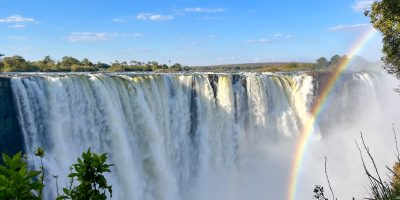
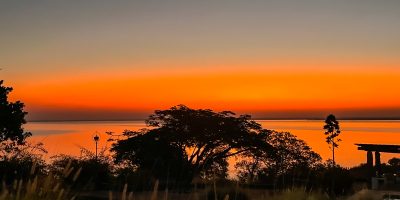
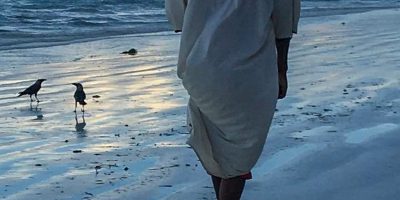
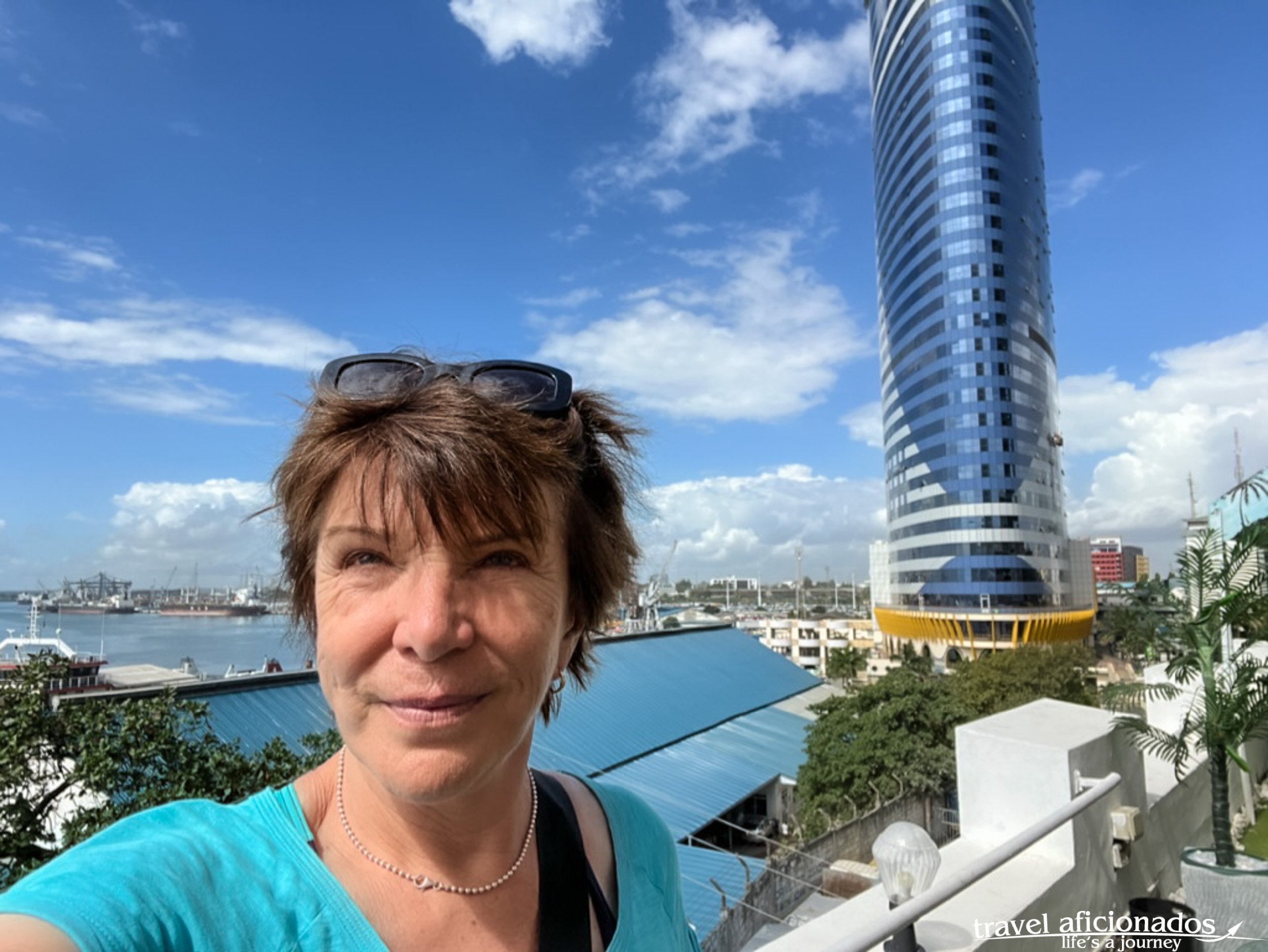
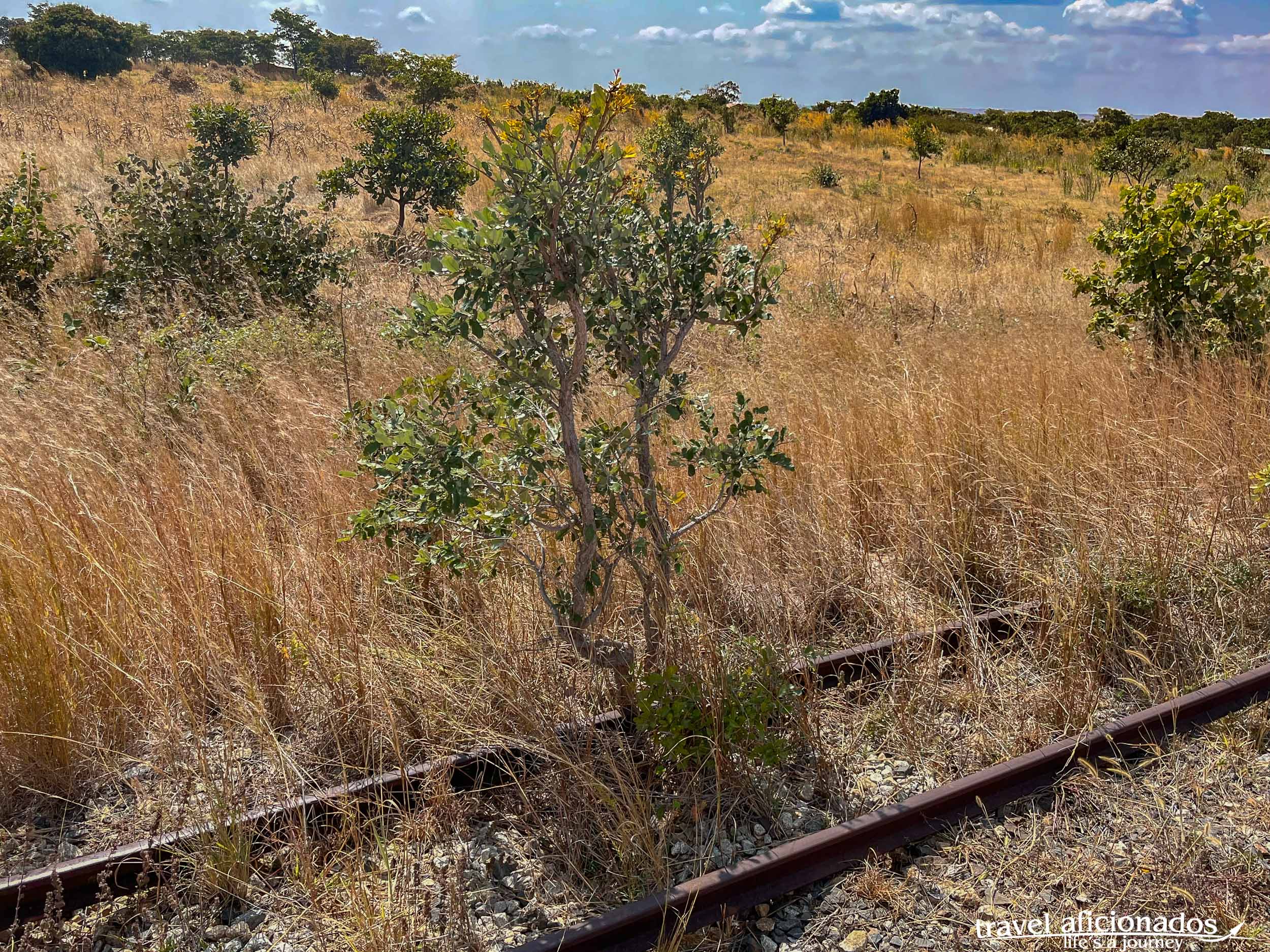

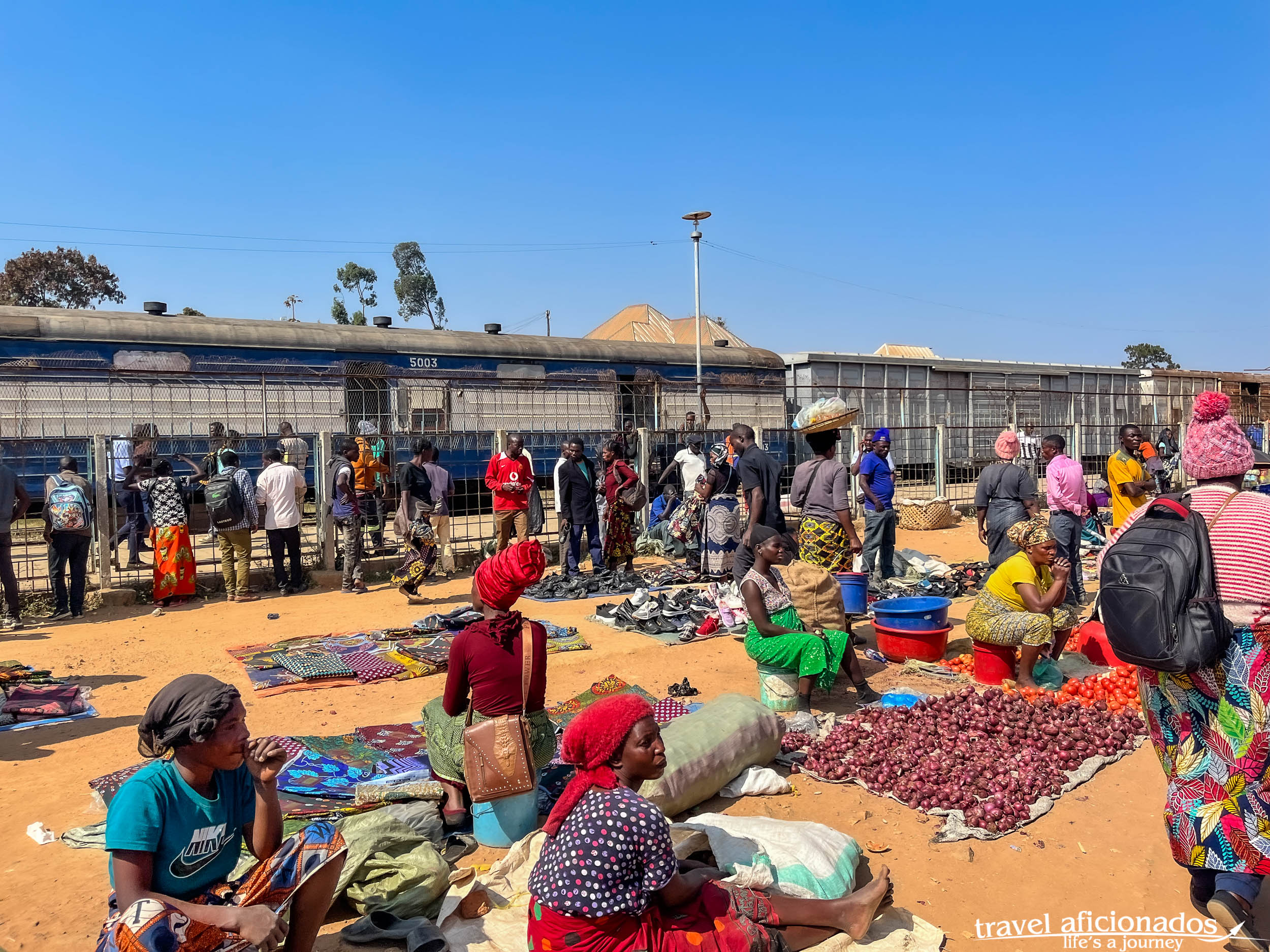
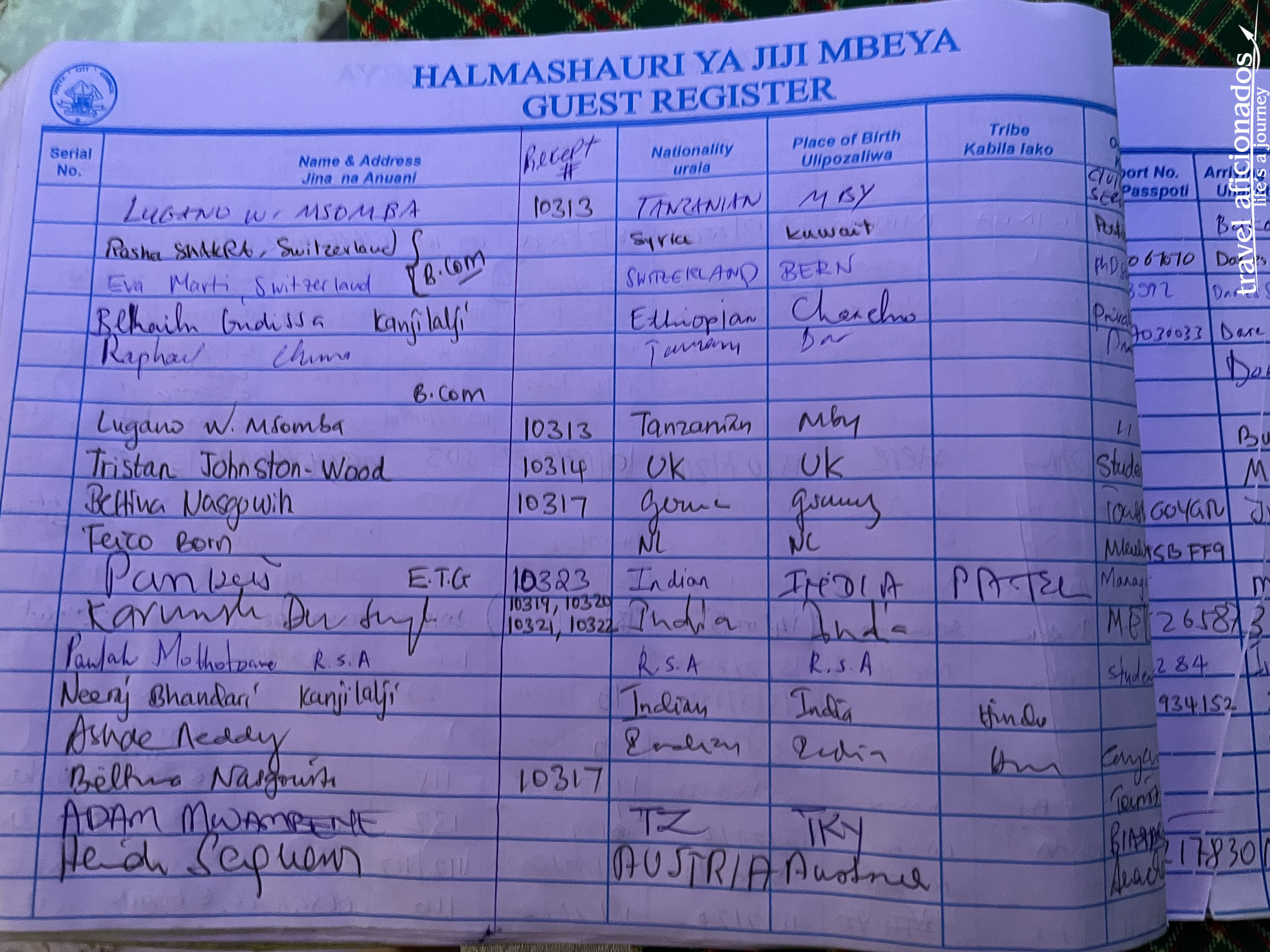

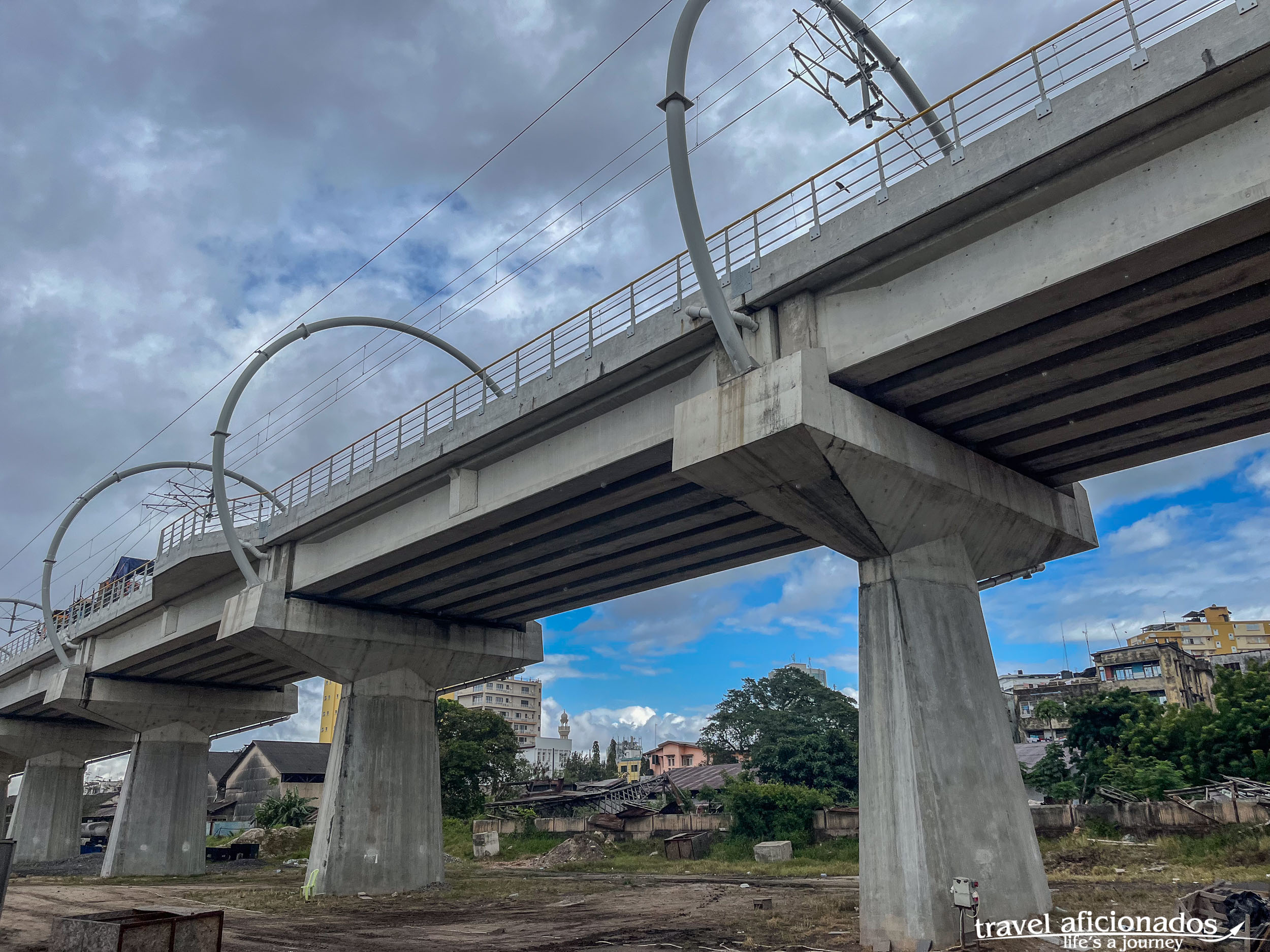
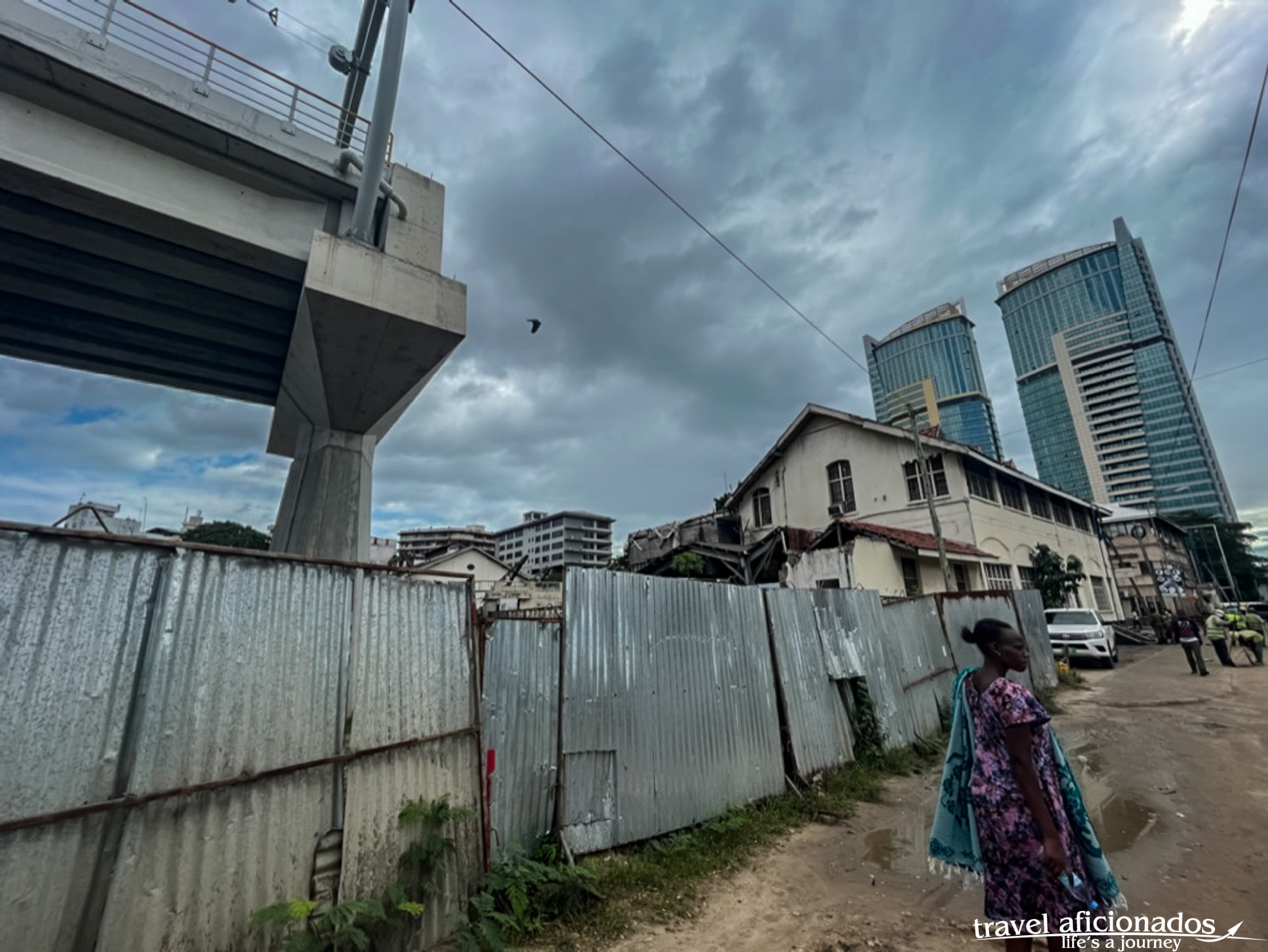
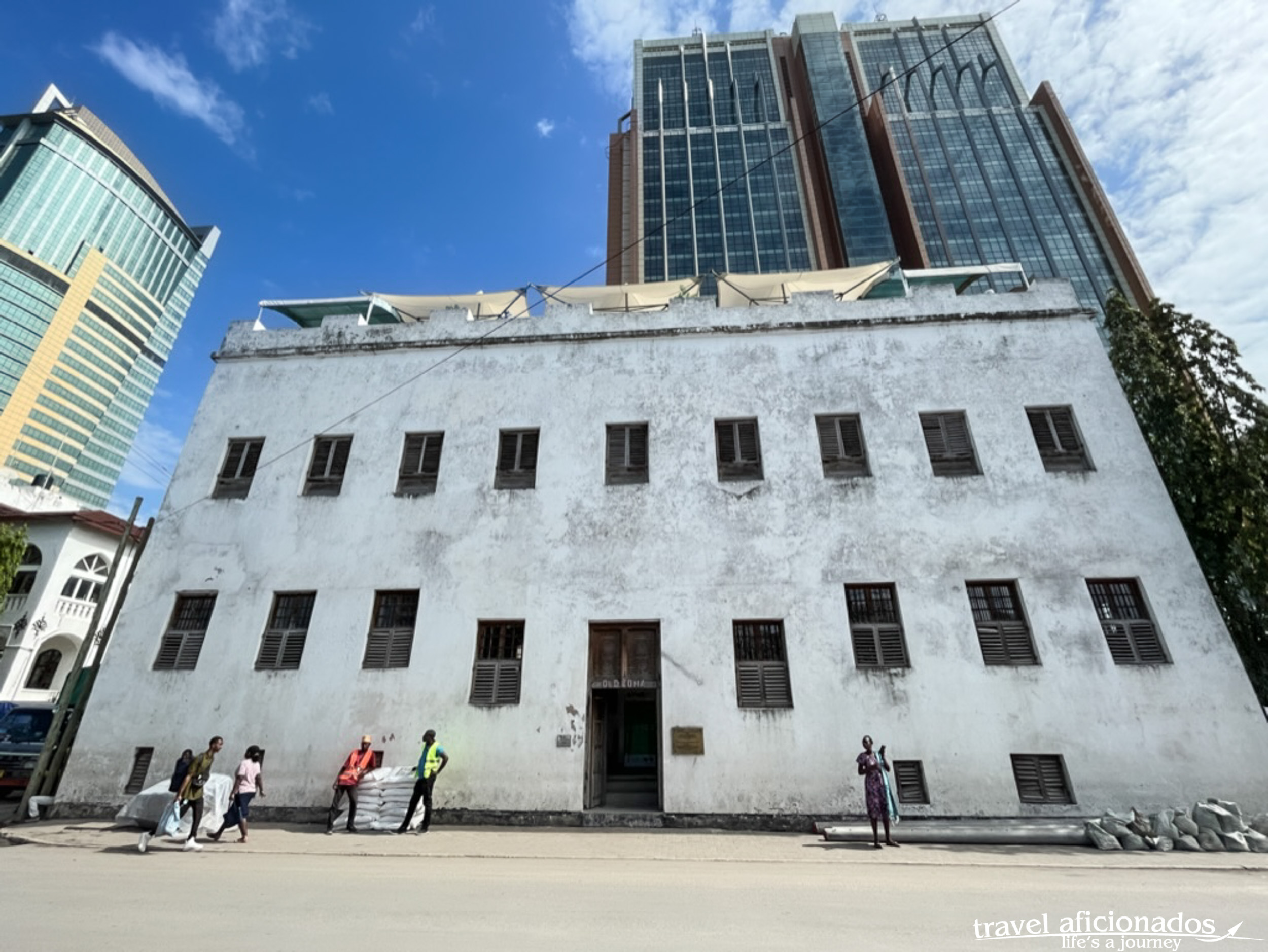

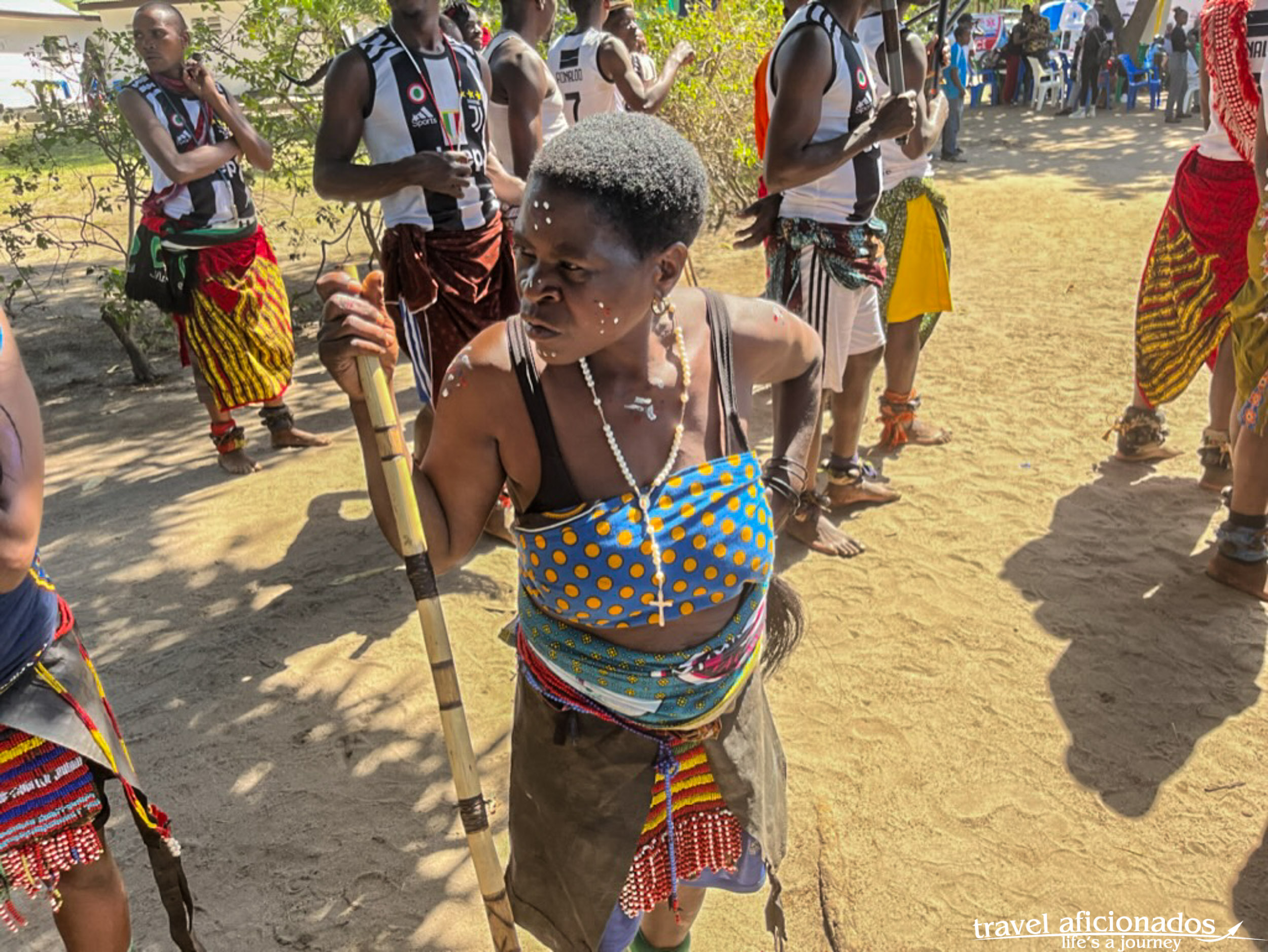

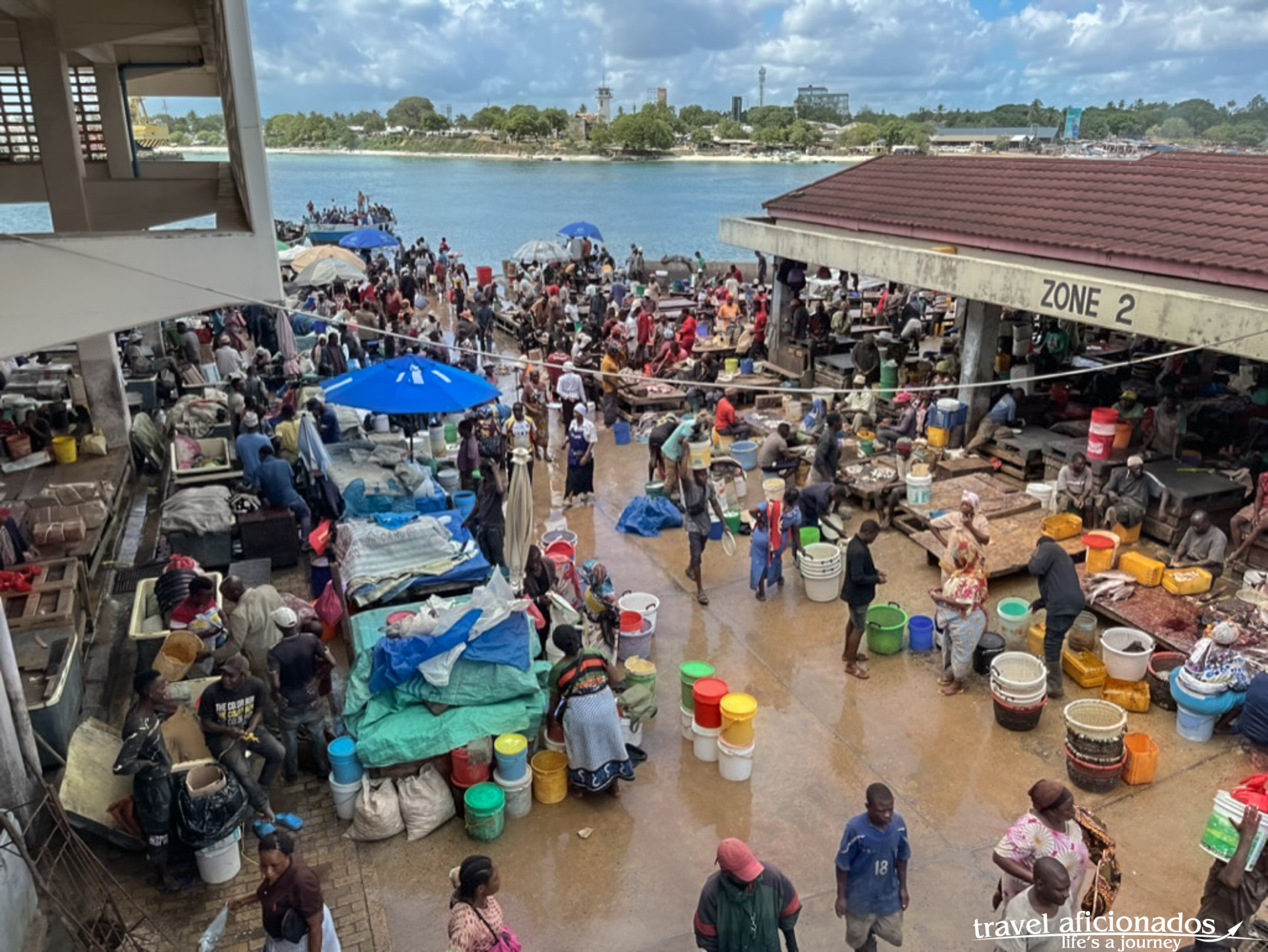
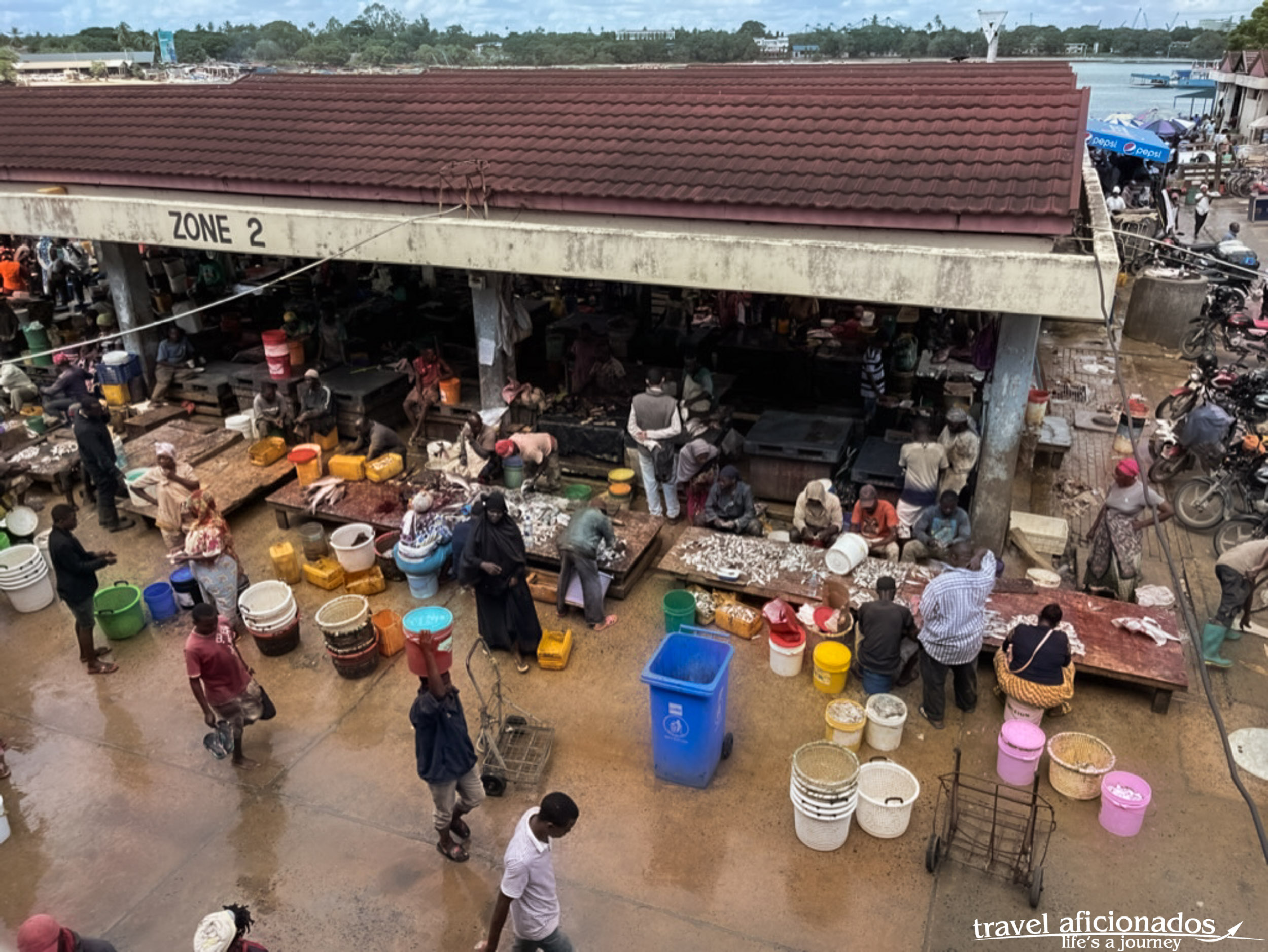
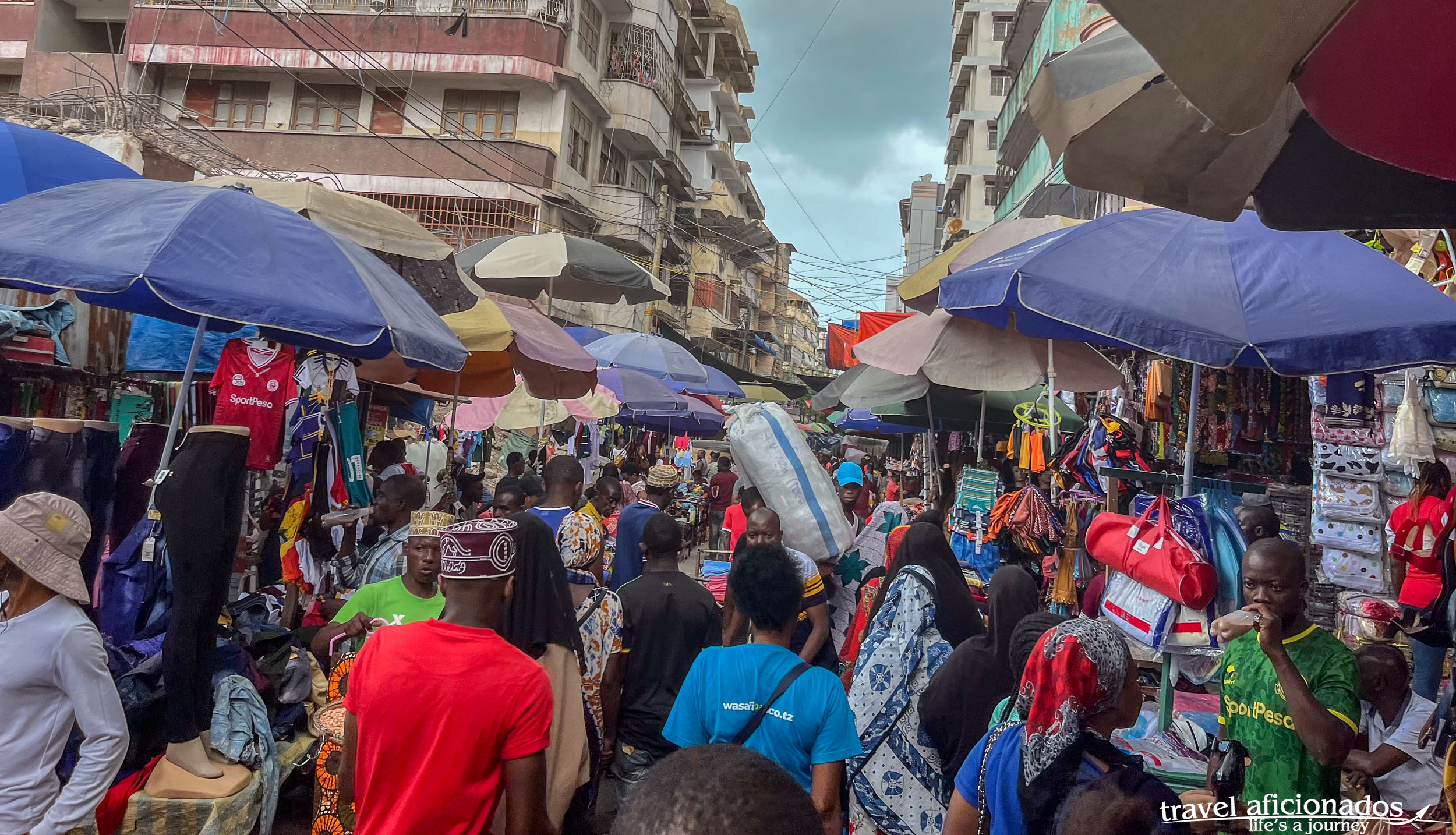
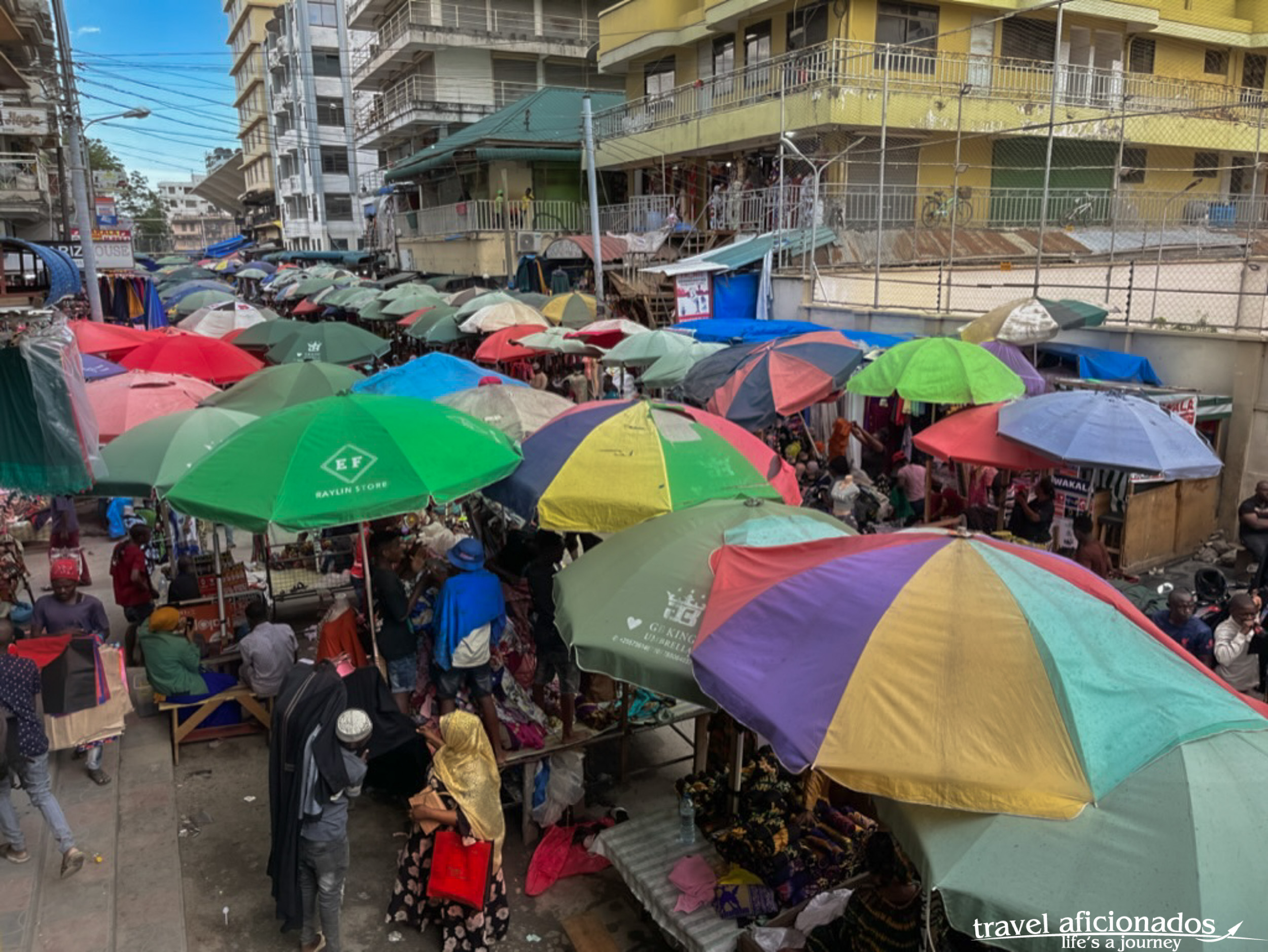

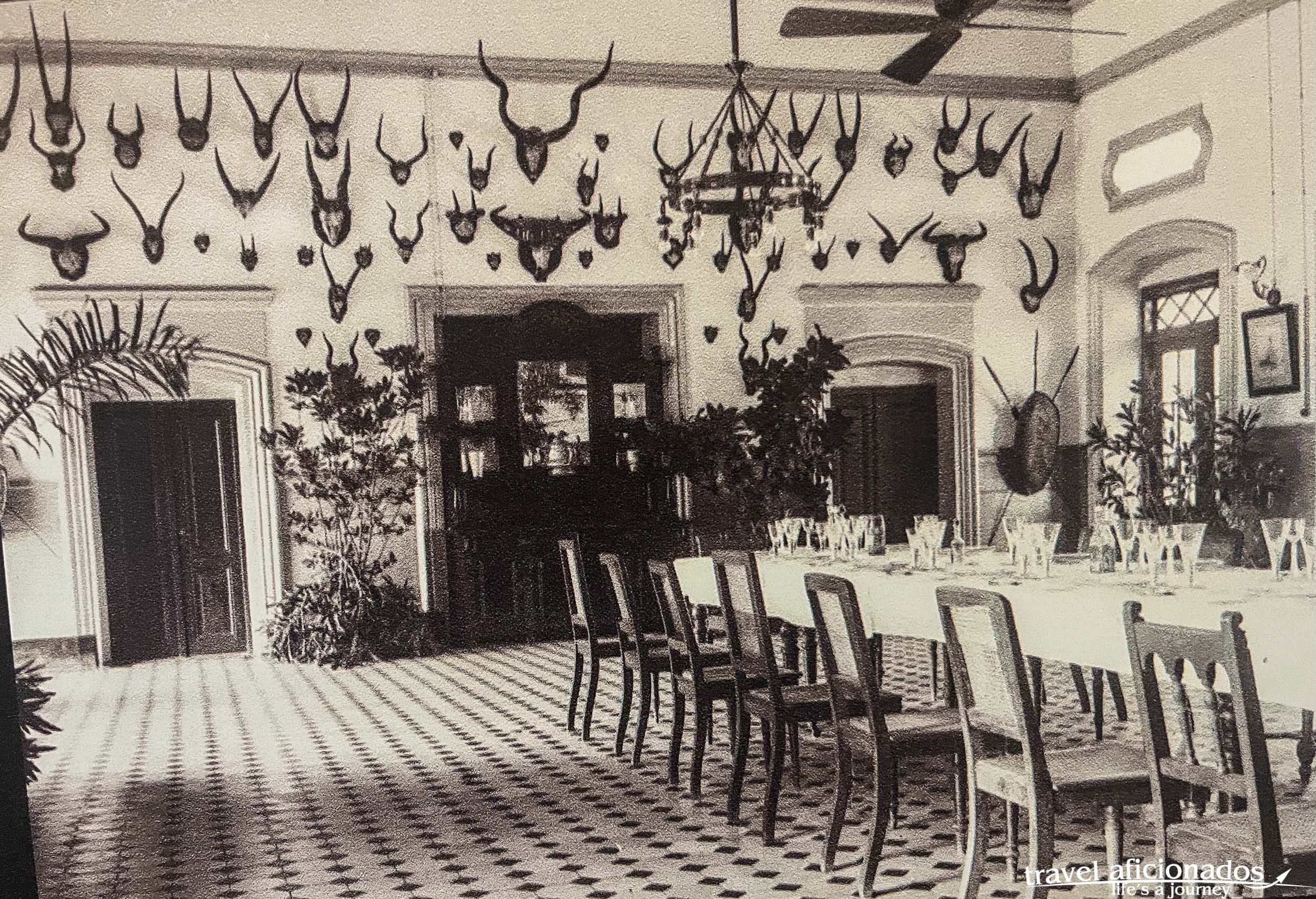
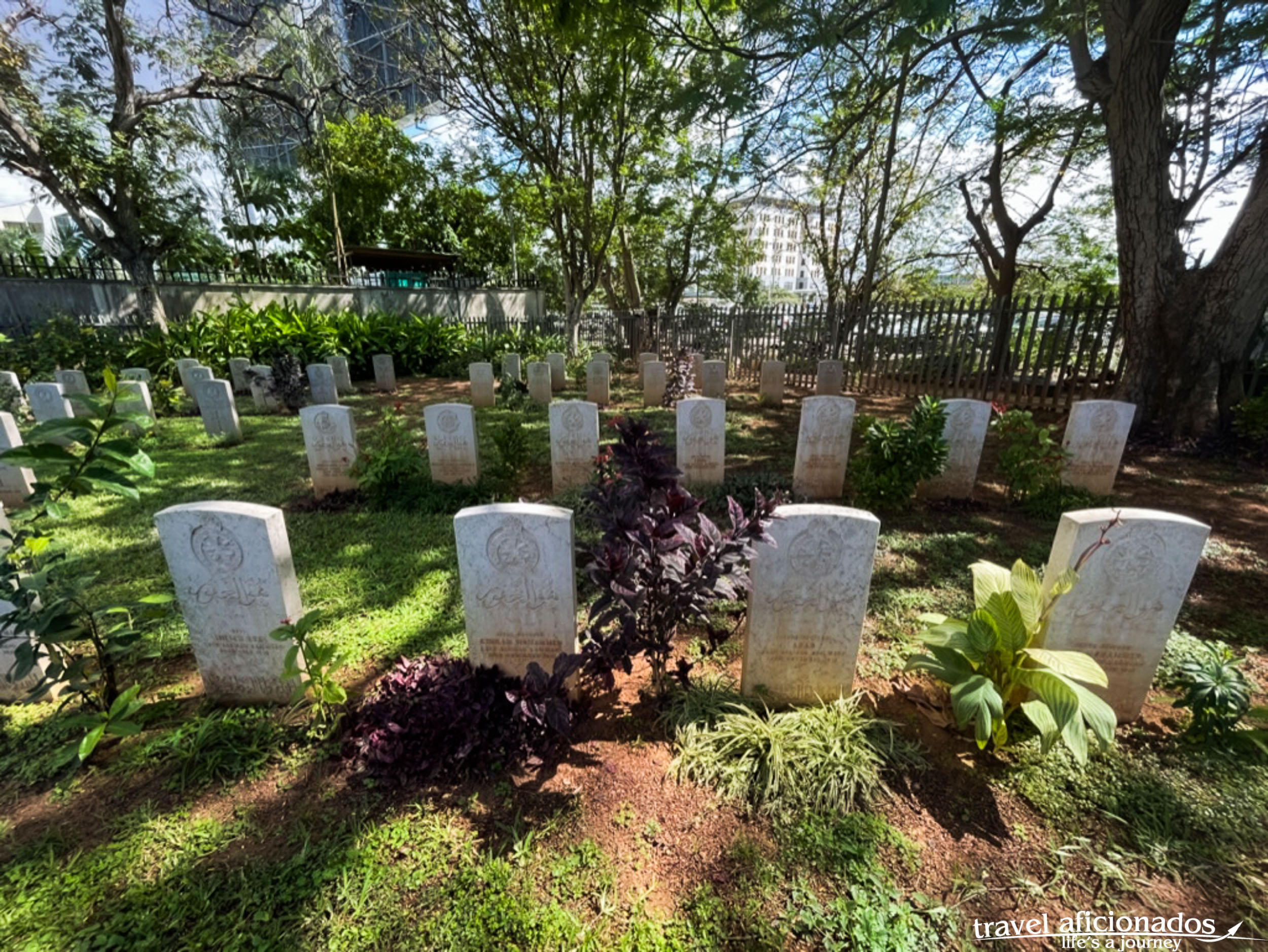
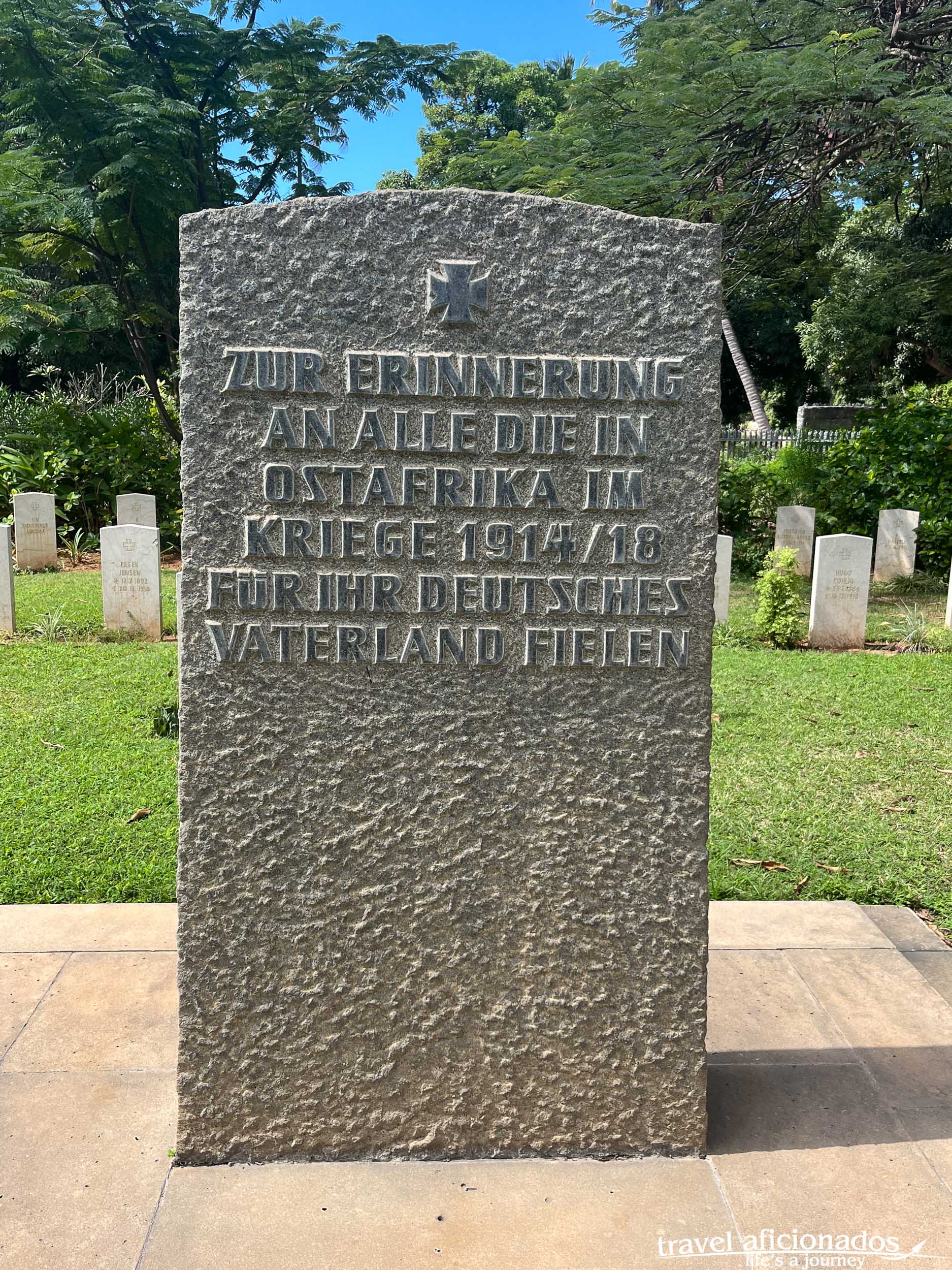
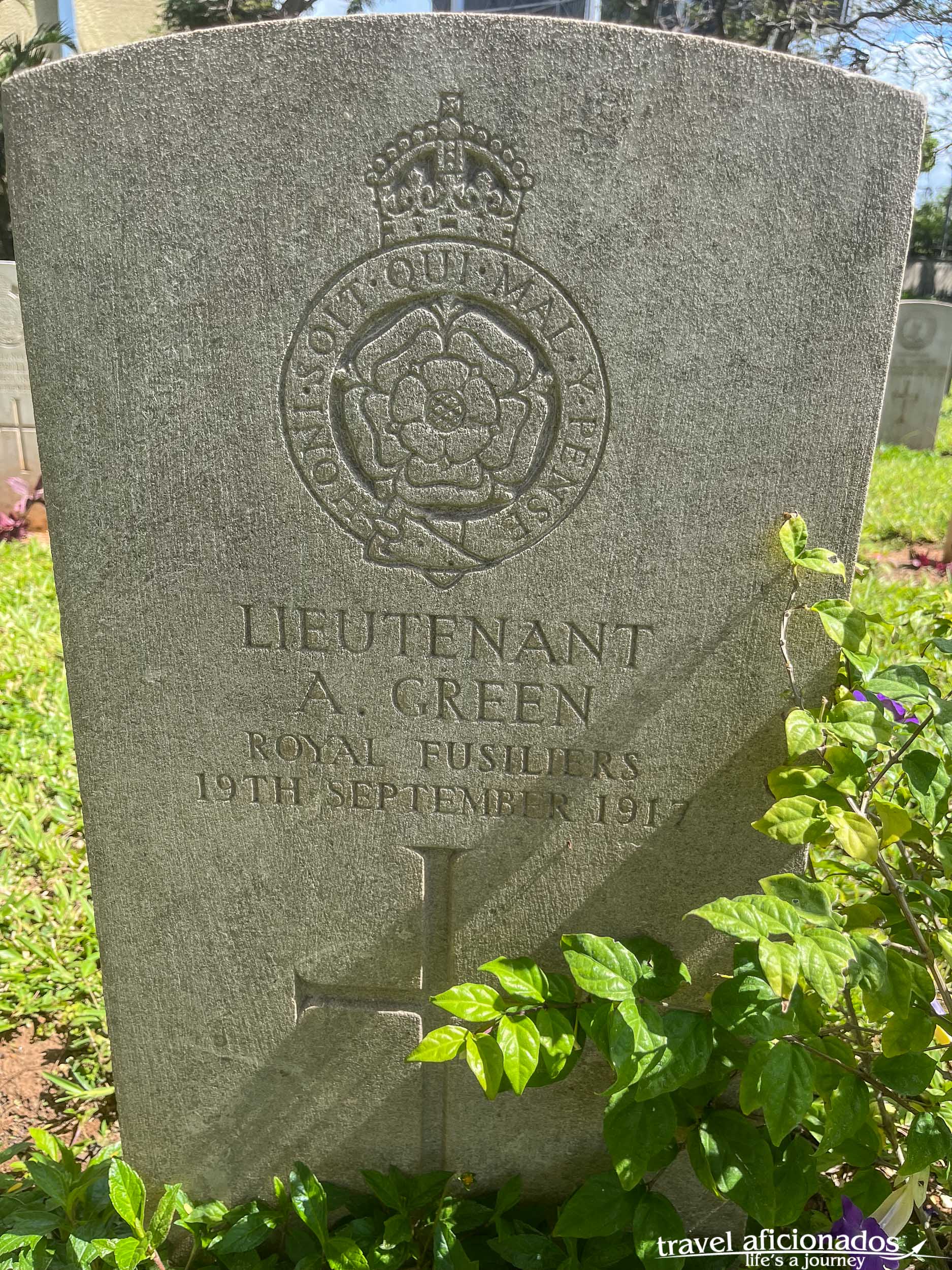
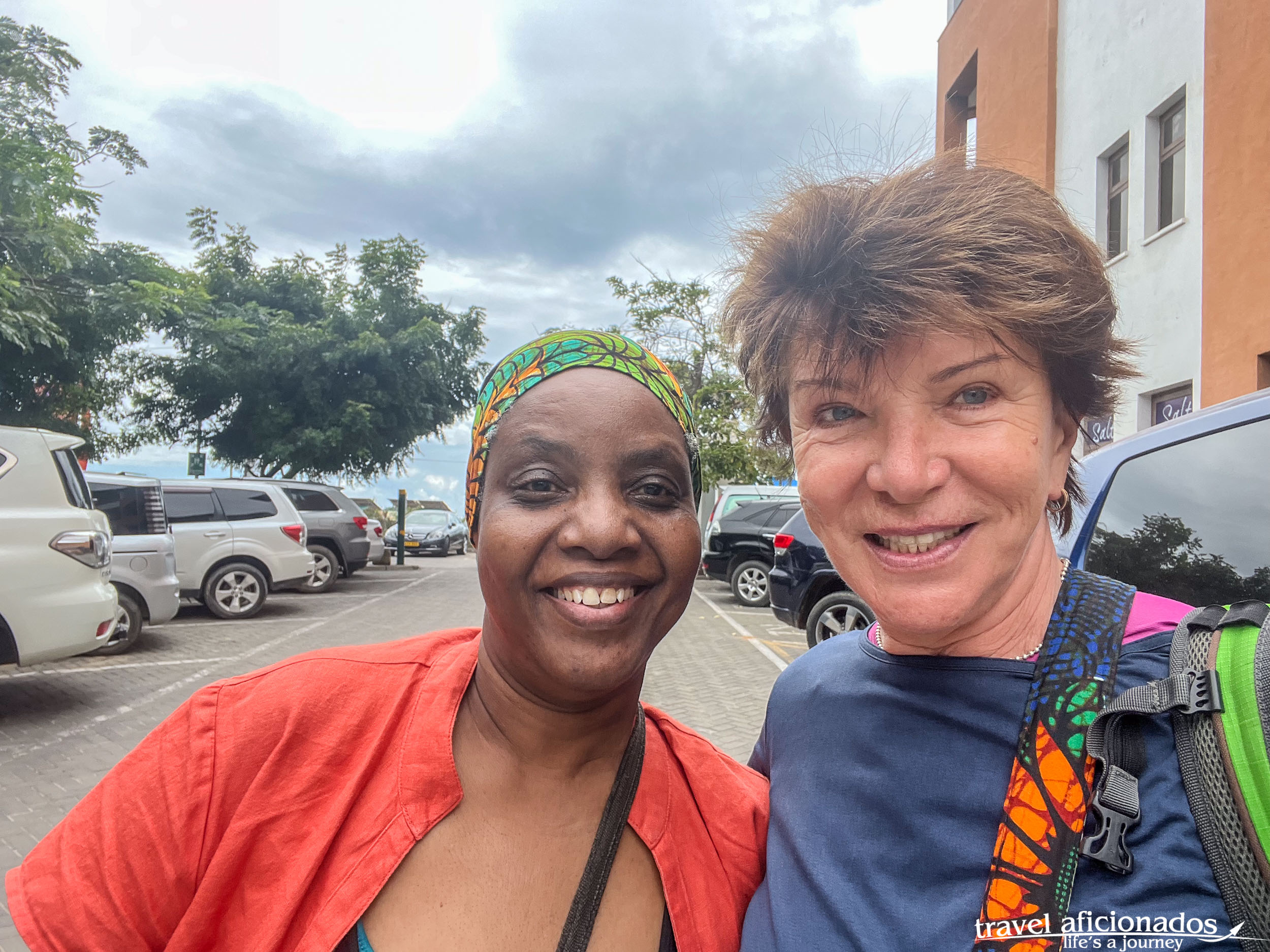
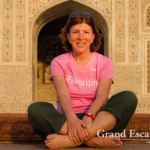


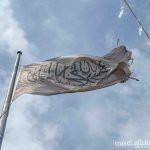
Leave a Reply